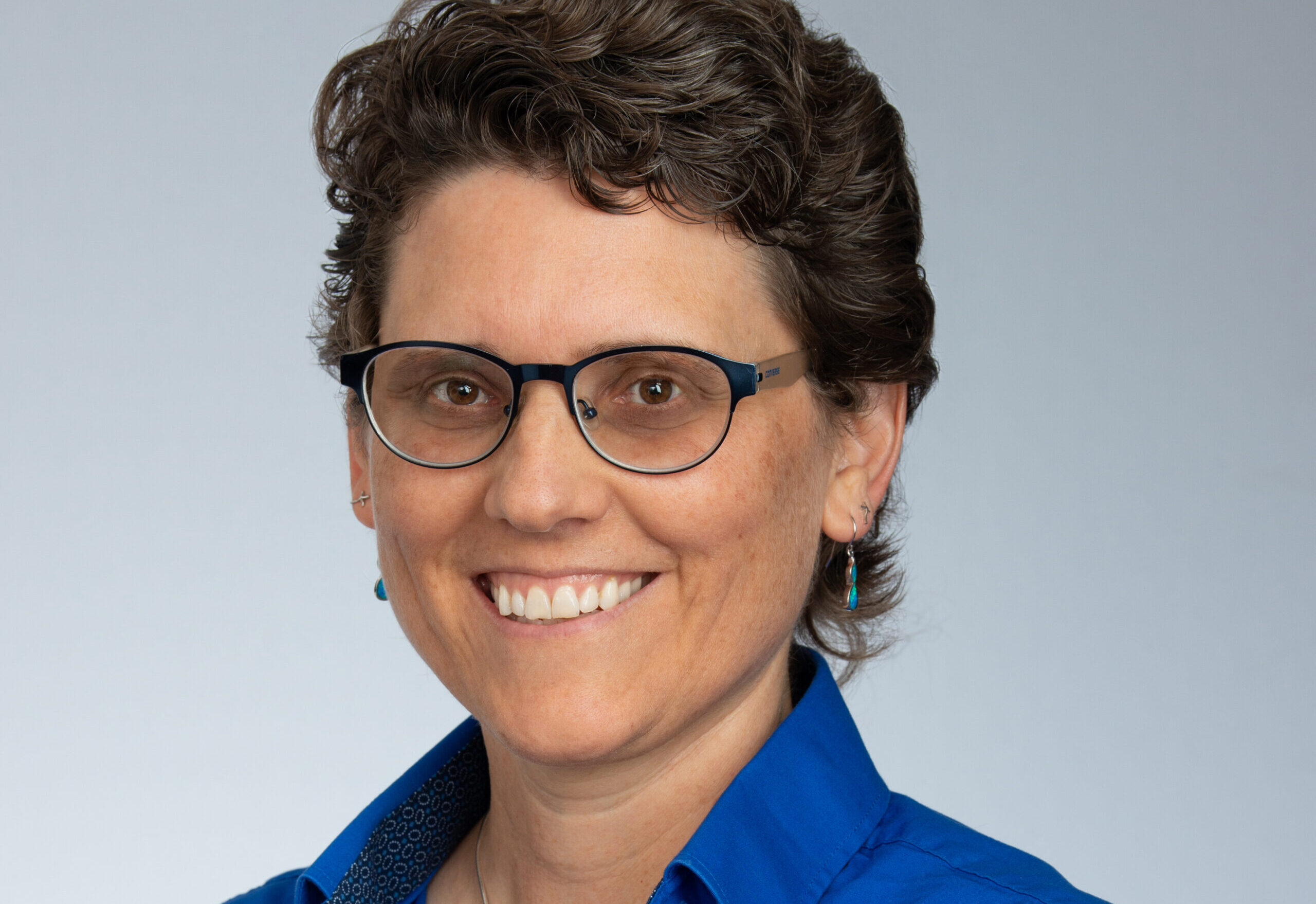
Author: Jonathan Harrington
Introduction
Federal student loan borrowers have been afforded some relief during the pandemic, starting in March 2020 when all federal loans went into automatic forbearance. This relief is coming to an end on January 31, 2022, but questions remain about whether the Biden Administration or Congress will follow through with proposals made to forgive $10,000 or more of the federal student loans of all borrowers of that amount. In the meantime, the Department of Education has been working on other initiatives to make already existing student loan forgiveness programs easier to take advantage of.
Federal Student Loan Forgiveness for the Disabled
The Department of Education announced on August 19 that it would automatically discharge federal (not private) student loans for approximately 323,000 borrowers who qualify as totally and permanently disabled.
The Department of Education Secretary Miguel Cardona noted that the action “removes a major barrier that prevented far too many borrowers with disabilities from receiving the total and permanent disability discharges they are entitled to under the law.”
These 323,000 borrowers were identified through a data match with the Social Security Administration, and this is a great win for those borrowers, who will have an estimated $5.8 billion in federal student loans forgiven.
In the past the forgiveness wasn’t automatic. Individual borrowers had to apply on their own to get the loan forgiveness by proving that they met the disability standards listed below.
1. VA: The person has a 100% service-connected disability or is considered totally disabled based on an individual unemployability rating.
2. SSA: The person is eligible for Social Security Disability Insurance (SSDI) or Supplemental Security Income (SSI).
3. Physician: A doctor certified that the individual is unable to engage in any substantial gainful activity due to a physical or mental impairment that could be expected to result in death, has lasted for a continuous period of at least 60 months, or can be expected to last for a period of at least 60 months.
Thankfully, going forward, the loan forgiveness will be automatically identified by regular matching between records from the Social Security Administration , the Department of Veterans Affairs , and the Department of Education . This started in 2019 with the VA but will now include the SSA, which is why the new cohort of 323,000 borrowers will be included.
Undoing of Federal Student Loan Forgiveness
Prior to this announcement on August 19, 2021, even if the borrower was considered qualified and received the loan forgiveness, there was a “three-year post-discharge monitoring period” that could possibly undo the forgiveness. If the person met certain criteria such as income above the poverty guideline amount for a family of two in the borrower’s state of residence, application for a new federal student loan, or SSA’s determination that the borrower was no longer disabled, the loan forgiveness would be undone. In more good news from the Department of Education, it announced that borrowers receiving loan forgiveness will no longer be required to provide earnings information during the three-year monitoring period. This look back is suspended indefinitely, and a proposal to permanently remove it will be created by the Department of Education.
When Will This Happen?
The press release from the Department of Education on August 19 stated that the federal student loan forgiveness matching process with the SSA database will begin in September 2021. Borrowers will receive notices of their approval for a discharge in the weeks after the data is matched, and the Department of Education expects that all discharges will be completed by the end of the year.
Is the Forgiveness Taxable?
According to the Department of Education Federal Student Aid website, any discharge of indebtedness/forgiveness of federal loans after January 1, 2018, and before December 31, 2025 (under current law) is not considered income for federal tax purposes . The American Rescue Plan of March 2021 included a provision that student loan forgiveness issued between January 1, 2021, and December 31, 2025, is not taxable to the recipient. Hopefully this will be extended permanently with future legislation. It is important to note that state laws regarding taxation of student loan forgiveness differ by state, and you need to check with your state’s tax rules to see if student loan forgiveness is considered taxable income in your state.
Private Student Loan Forgiveness
Everything mentioned above does not apply to private student loans. Each private student loan lender has its own criteria for forgiving the student loan balances of its borrowers. If you are disabled, you should certainly check with your lender to see if you could qualify for forgiveness and, if so, what steps are necessary to obtain the forgiveness.
Waiver of Student Loan Interest for Active-Duty Military
On Friday, August 20, the Department of Education made another announcement that was favorable for federal student loan borrowers who are or were members of the military. A federal law provides that military servicemembers who are deployed in areas that qualify them for imminent danger pay or hostile fire pay have their interest waived on federal student loans (first disbursed on or after October 1, 2008) while they are receiving the special pay.
Previously, servicemembers had to apply for this benefit with their loan servicer directly, which required submitting paperwork. They also had to know that the law existed, which many didn’t. Now this federal student loan forgiveness will be granted automatically by a data sharing agreement between the Department of Education and the Department of Defense .
Covid-Related Forbearance
The CARES Act, passed in March 2020, allowed for most federal student loans to be placed into administrative forbearance, which meant that borrowers could stop making payments up until September 30, 2020. Interest accrual on these loans also stopped during this period, which essentially froze the loan balance. This was later extended to December 31, 2020, September 30, 2021, and finally January 31, 2022.
For federal student loan borrowers that have not been making payments since March 2020 because of the provisions in the CARES Act, the forbearance period is ending on January 31, 2022. That means that regular payments and interest accrual will resume in February 2022.
Anyone that is a federal student loan borrower should start preparing to make these payments again.
What About the $10,000 for All Borrowers?
During his campaign, President Biden pledged to forgive a minimum of $10,000 per person of federal student loans. When asked about President Biden’s proposal to forgive $10,000 for all federal student loan borrowers, Miguel Cardona, the Education Secretary, said that his department said the “process is still underway.” There are also multiple proposals in Congress currently looking at legislation to address federal student loan forgiveness. None of these proposals have bipartisan support yet, so it’s a waiting game to see what, if anything, will be forgiven for current federal student loan borrowers.
Conclusion
It’s good to see technology being used to allow people entitled to government programs the ability to take advantage of the programs. This seems like low-hanging fruit that could have been achieved years ago; nonetheless, it’s happening now. For those disabled and military borrowers that are having their debts forgiven, this is a big win. We’ll keep an eye for any future legislation regarding student loan forgiveness and hope that the forgiveness trend continues.
Jonathan Harrington, CFP®, MSFP, MST is an advisor at Milestone Financial Planning, LLC, a fee-only financial planning firm in Bedford NH. Milestone works with clients on a long-term, ongoing basis. Our fees are based on the assets that we manage and may include an annual financial planning subscription fee. Clients receive financial planning, tax planning, retirement planning, and investment management services, and have unlimited access to our advisors. We receive no commissions or referral fees. We put our clients’ interests first. If you need assistance with your investments or financial planning, please reach out to one of our fee-only advisors.



